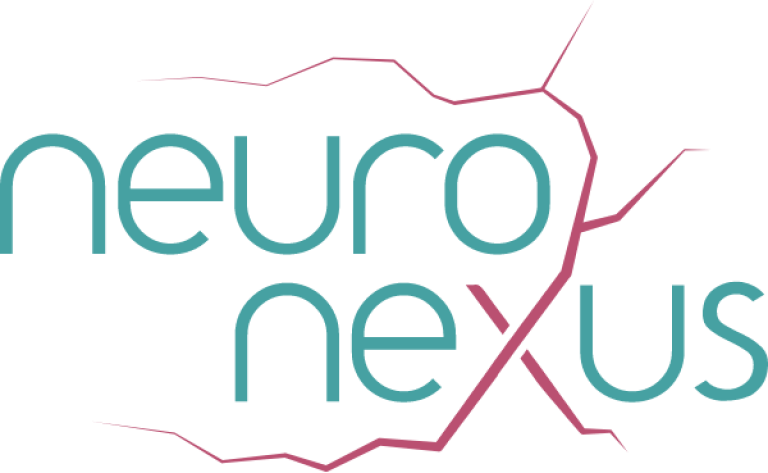Creating Mental Wellness through UX
Champion Name
Organization
8 Bit CortexChallenge ID
Project Track
Skills Needed
8-Bit Cortex is a social enterprise that aims to democratize and gamify mental health services. As the recipient of the Neuro-Nexus COVID-19 Microgrant Challenge, 8-Bit Cortex has an MVP consisting of a website that uses emails to prompt users to play a sledding game and fill out some brief mood surveys. This MVP is designed for desktop browser use, yet many of our beta-testers would have preferred using their mobile device: 8bitcortex.com
8 Bit Cortex is posing the challenge of how to design a mobile UX that promotes mental wellness. The web-app has a mountain ski-lodge theme as a narrative device to anchor the gameplay experience. After every measurement session, the user is treated to a different mental wellness tip with various lodge owner characters as an always-free service. Using the MVP with basic functionality, how could this story element be used to further ground the UX in such a way that is engaging and enhances mental wellbeing?
The django framework currently collects the various mental health measures and stores it in a database, but the wellness tips presented to the user are random. A key component of this challenge is improving the dashboard display of this information to give the user insight into their own mental health. Algorithms from regression-based statistics (see McKinney, et al, 2020) and basic data science skills can be implemented for the time series data to plot key features of mental health in the dashboard. These results can also be used to determine what personalized wellness tips will be presented to the users. Since these wellness tips are presented in a ski-lodge narrative, how could this be used to expand the wellness tips beyond simple text? For example, several of our beta-testers suggested integrating short meditation recordings as one example of how the user could be more effectively helped. Perhaps the user finds a phonograph in the ski lodges that plays a personalized guided meditation playlist. Alternatively, perhaps elements of the dialogue could include a list learning task to get a brief measure of working memory. We are seeking creative approaches to build front-end aesthetics that create a sense of calm, optimism, and self-efficacy through their UX that could also support passive mental health data collection.
The MVP was built for use on a desktop-browser, yet our beta-testers expressed a desire for mobile compatibility. While one route could be to build a separate IOS and Android app, this could lead to parallel development tracks that are less than ideal for 8-Bit Cortex’s early stage. Instead, Progressive Web App technologies (E.G. Starbucks, Uber, & Spotify are all PWA platforms) could replicate the important features of a native app (e.g. push notifications, downloadable “app icon”, offline functionality, camera access, etc.) using a javascript-based framework. This could allow games and content to be “pre-loaded” for uninterrupted engagement when the user is visiting their grandma in the country with poor cell reception.
Reference:
McKinney, T. L., Euler, M. J., & Butner, J. E. (2020). It’s about time: The role of temporal variability in improving assessment of executive functioning. The Clinical Neuropsychologist, 34(4), 619-642.
Learn more about 8 Bit Cortex at:
